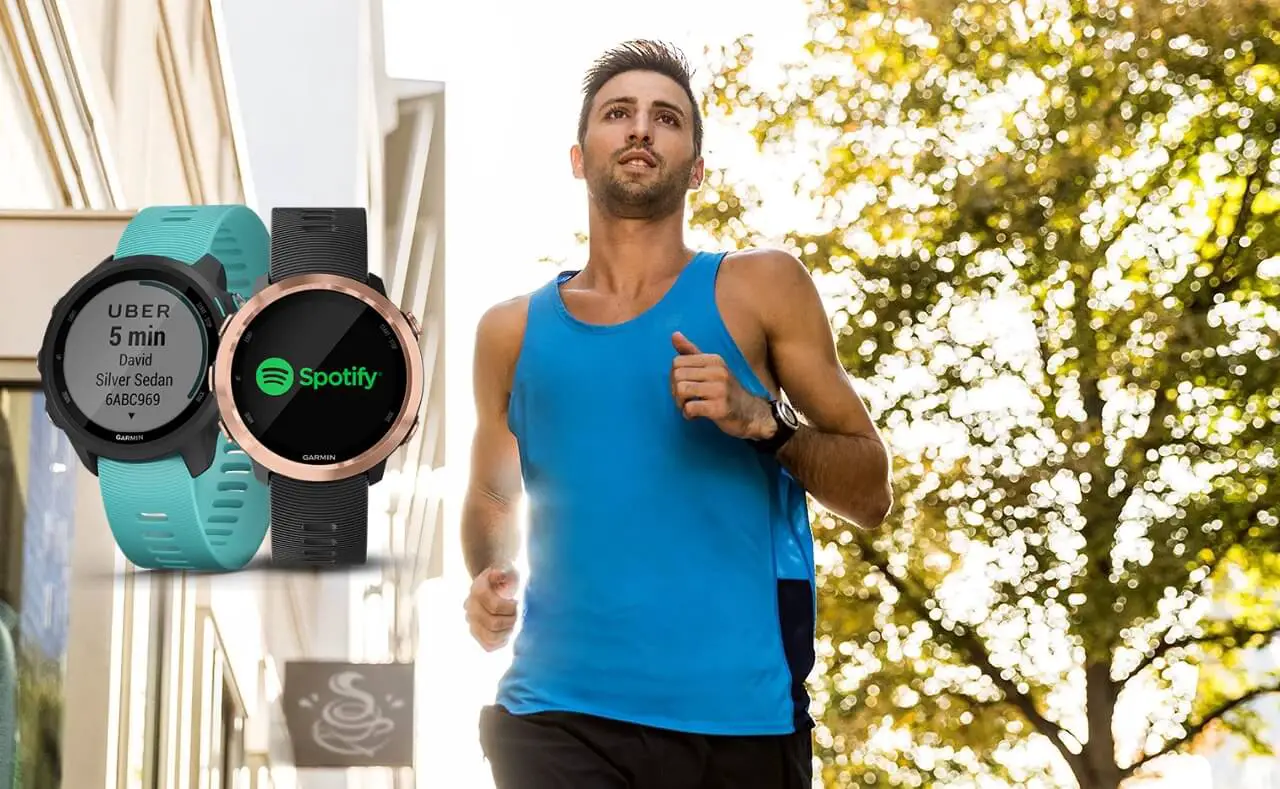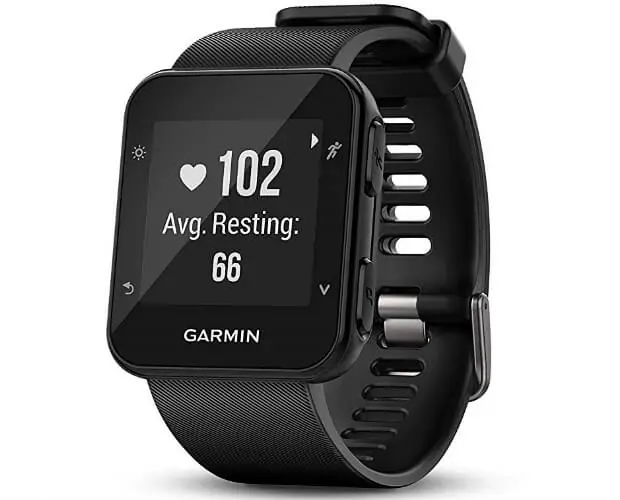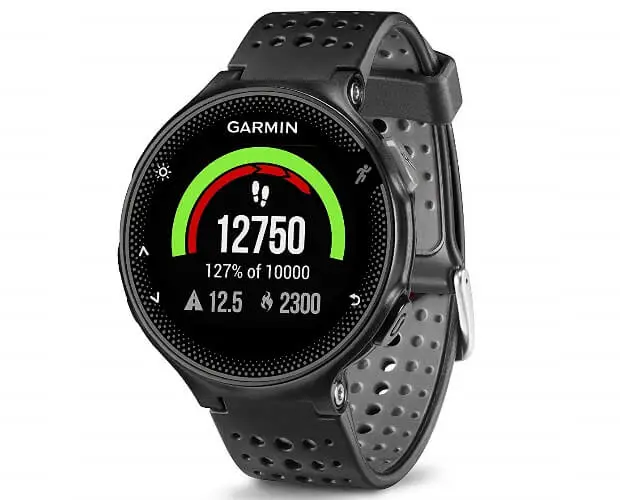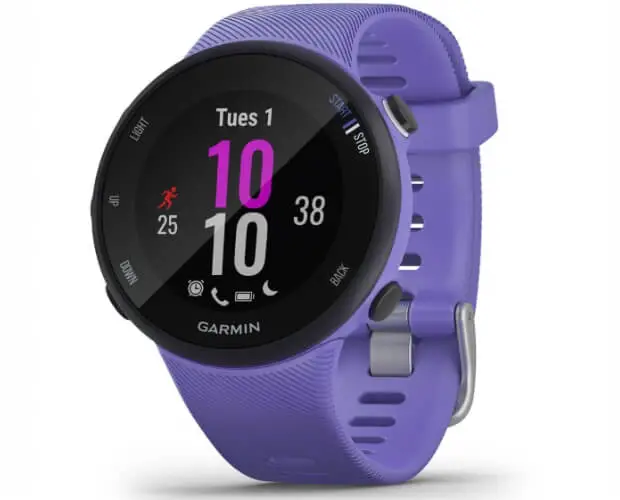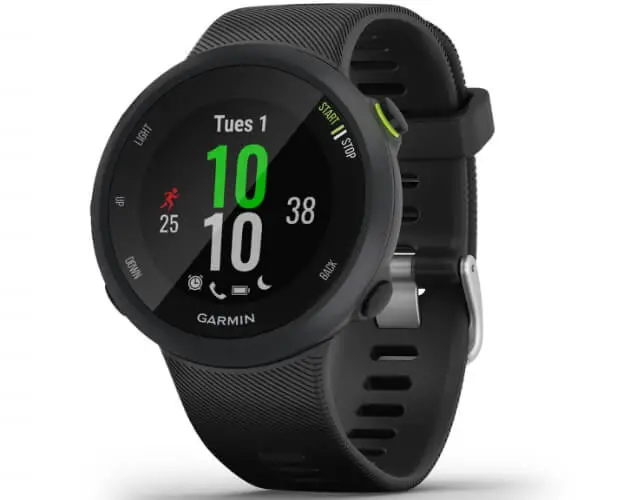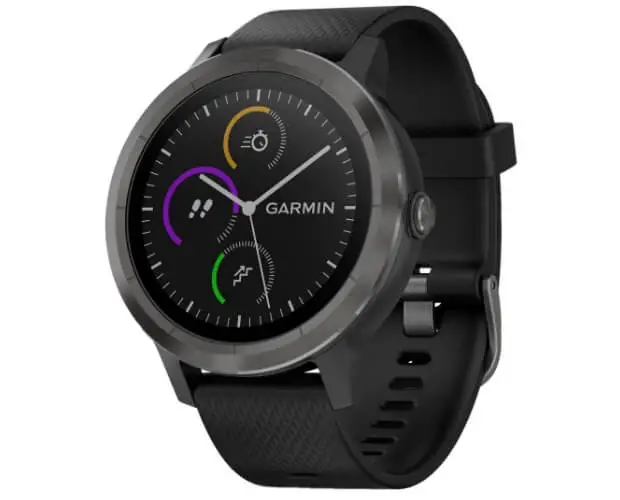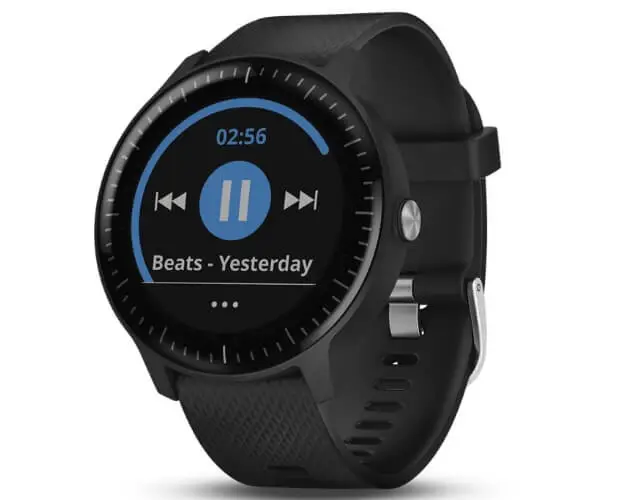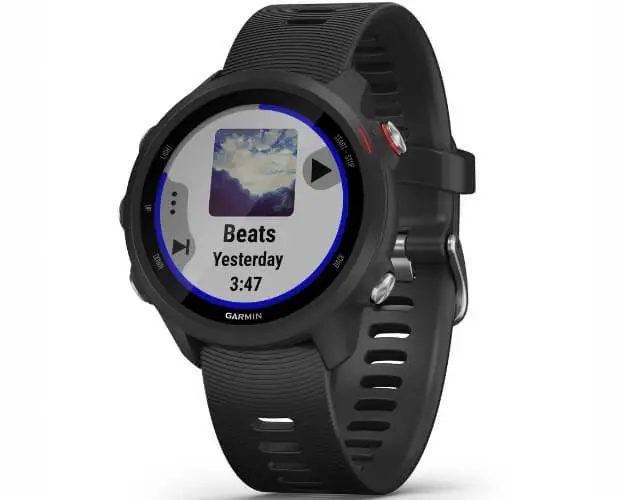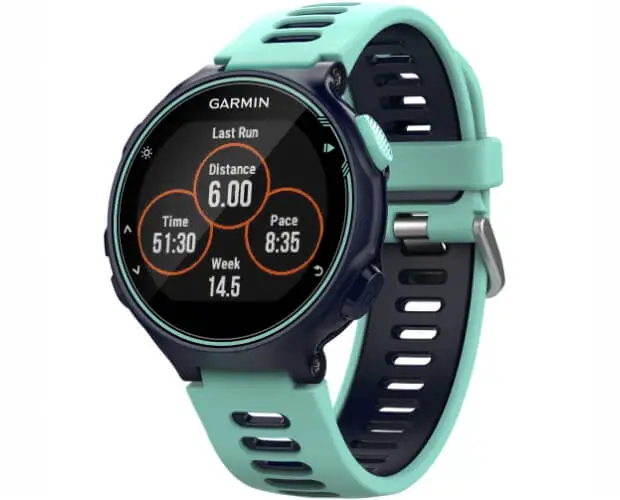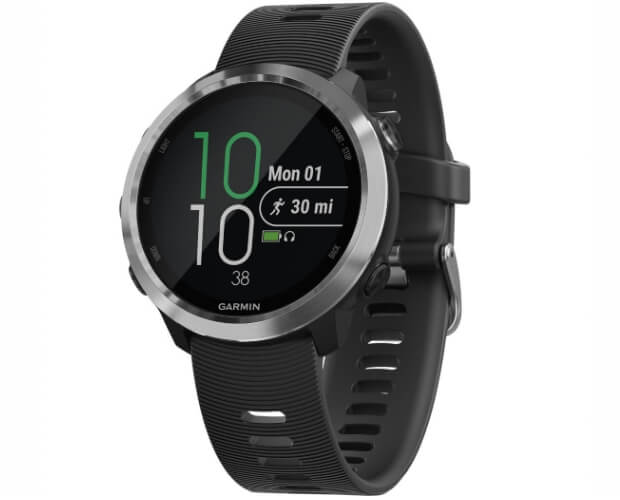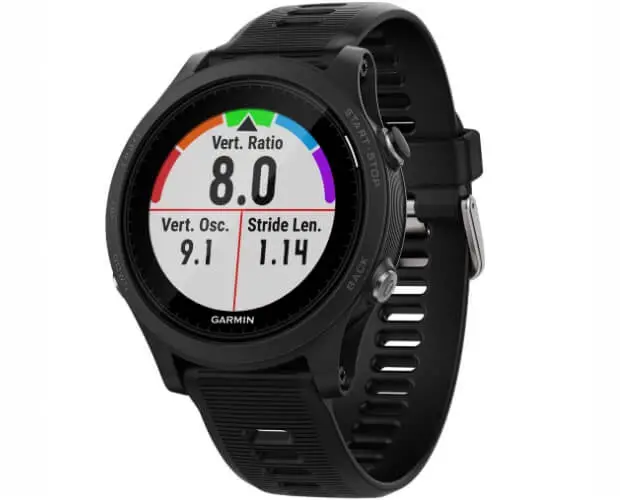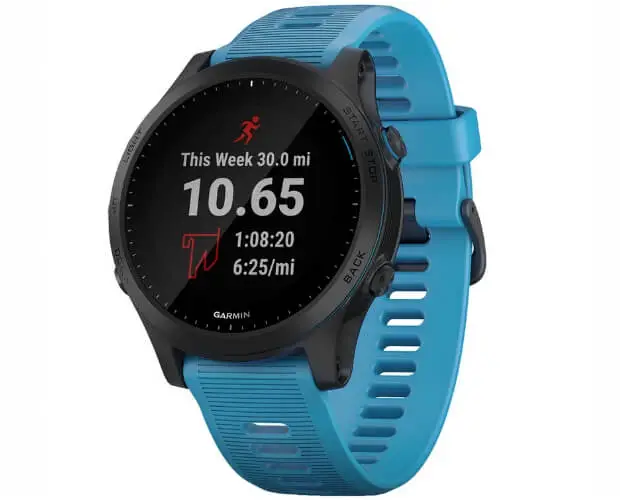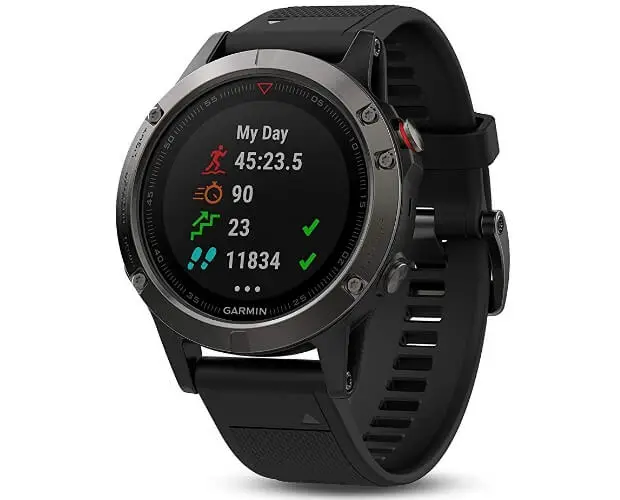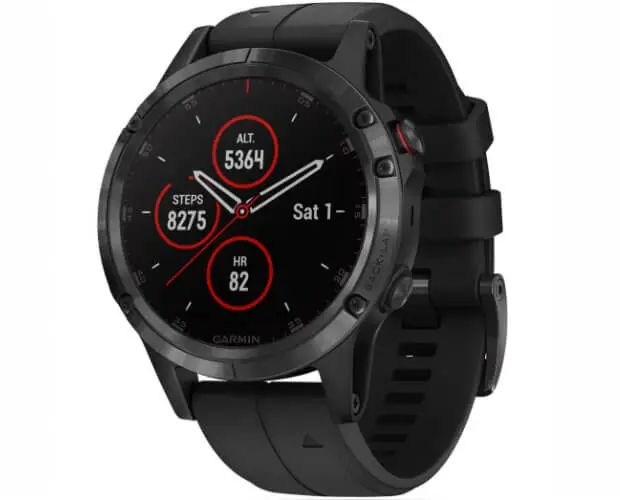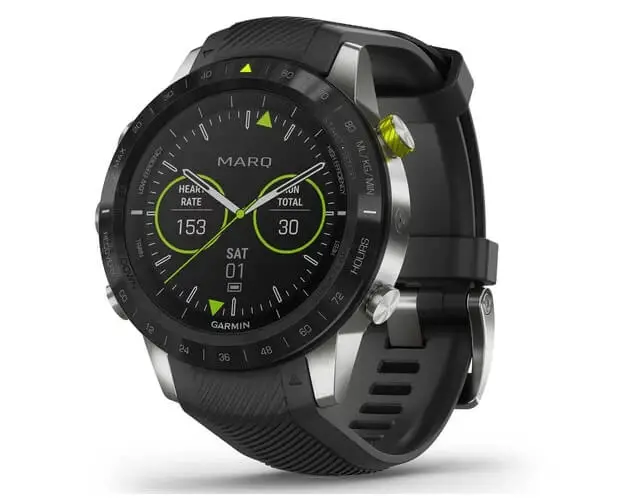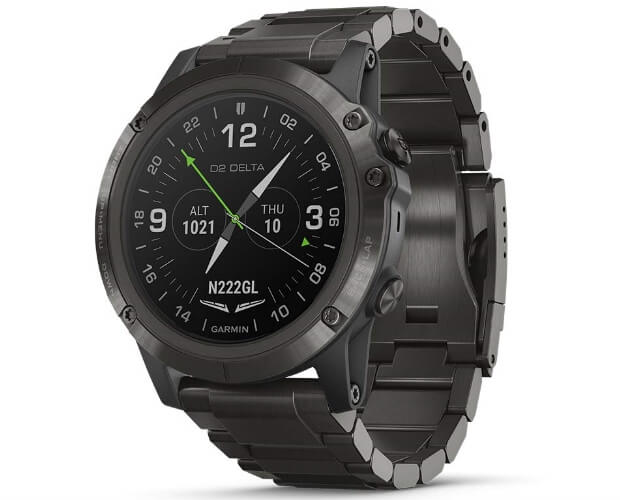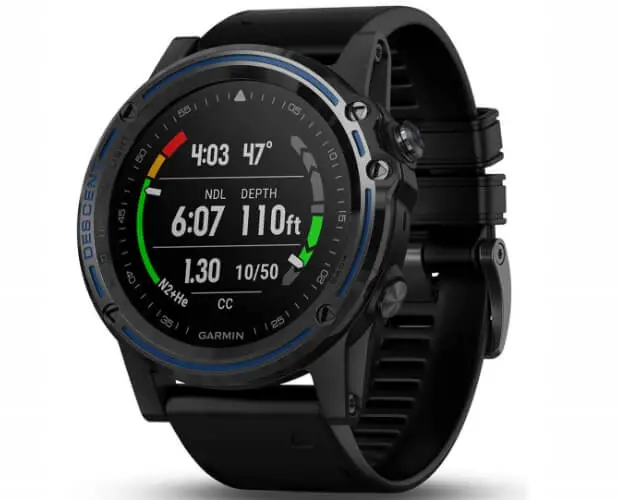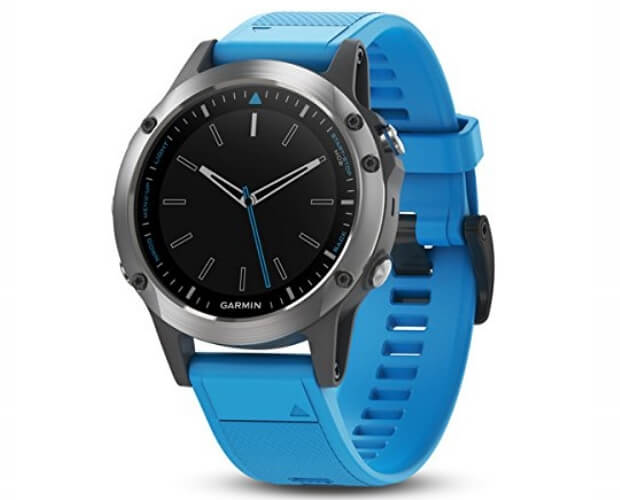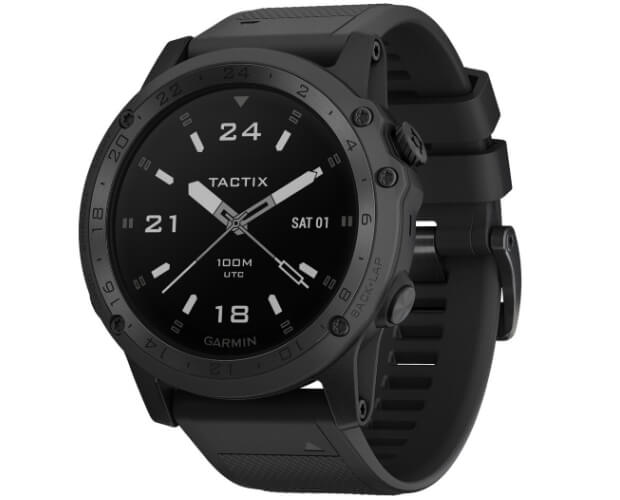There are basically 3 tiers of Garmin running watches. Without beating around the bush, these are the 3 tiers.
Tier 1 – Entry level Garmin Running watches
Tier 2 – Advanced Garmin Running Watches
Tier 3 – Advanced Garmin Running Watches with Running Power Support
This post will unpack the product lists for each tier, noting the top performers of each sub-section. It won’t list any outdated watches, cause ain’t nobody got time for that.
The good news is that even Garmin’s entry level GPS watches are powerful enough for most runners. So basically, if you’re into running, you really can’t go too far wrong with any of the watches in this round up.
With that out of the way, let’s get stuck in.
Tier 1 - Best Entry Level Garmin Running Watches
The key thing to know about Garmin’s tier 1 running watches is that they give you access to all Garmin’s most important running metrics. These stats originate from the built in GPS and the wrist-based heart rate monitor, and they are essential in a good quality running watch.
This includes all the metrics listed in the table below:
| Average Pace | Best Pace |
| Average Speed | Best Speed |
| Average Heart Rate | Max Heart Rate |
| Elevation Gain | Elevation Loss |
| Minute per mile pace | Minute per km pace |
| 1km autolaps (if set to kilometers) | 1 mile autolaps (if set to miles) |
As you can see from the feature set above, these are bread and butter statistics for any runner. All the most crucial information you need is packed into every Garmin running watch with a built in GPS, released from 2016 and onwards.
Full List of Tier 1 Garmin Running Watches
Tier 2 - Best Advanced Garmin Running Watches
At this point, it’s time to unpack the primary difference between tier 1 and tier 2 Garmin Running Watches. Here it is:
Tier 2 watches give you access to Garmin’s advanced running dynamics. This means:
- Ground Contact Time – the time your foot spends on the ground with each stride)
- Ground Contact Balance – Symmetry between left and right foot.
- Vertical Oscillation – degree of ‘bounce’ in your running motion.
- Vertical Ratio – the cost-benefit ratio with stride length.
- Cadence – Real time on your watch
- Stride Length – Real time on your watch
However, there is a small catch. In order to unlock these ‘premium’ stats, you also need to invest in one of the following 3 accessories.
Interestingly enough, there are only a couple of Garmin watches that fall into this tier, namely the Garmin Forerunner 245 and the Garmin Forerunner 735XT. The main thing you need to know is that the Forerunner 245 brings most of Garmin’s latest features to the table, like music storage, stress tracking and body battery score.
On the other hand, the Forerunner 735XT is a budget friendly triathlon watch that most triathletes should consider if they’re trying to get the best possible bang for buck.
Full List of Tier 2 Advanced Garmin Running Watches
Tier 3 - Best Advanced Garmin Running Watches
(with Garmin Running Power Support + Barometric Altimeter)
You don’t have to be a rocket scientist to understand the difference between tier 2 and tier 3 Garmin running watches.
In essence, there two extra features packed into this particular group of products.
Key Feature 1 – They all have a built-in barometric altimeter
Key Feature 2 – They all support Garmin Running Power
Key Feature 1 - Built-in Barometric Altimeter
It’s possible to get reasonably accurate altitude data using a GPS only. However, when you add a barometric altimeter into the mix, you vastly increase the accuracy of measuring vertical movements when running or cycling.
This is particularly useful for trail running and mountain biking, and it’s obviously beneficial for road running and road cycling as well. Long story short, instead of getting a reasonably good approximation of incline data, you get a pinpoint recollection, based on changes in atmospheric pressure, measured by the barometric altimeter.
Key Feature 2 - Support For Garmin Running Power
This is probably the most important component of Tier 3 Garmin running watches. They support Garmin Running Power, which has become one of the most important metrics in wearable tech, at least from a running perspective.
Admittedly, you can access running power through 3rd party products like Stryd & Runscribe, both of which support all the Garmin watches listed in this roundup. However, if you want Garmin Running Power, you need to invest in a Tier 3 Garmin Running Watch.
One last thing on this point. Like Advanced Running Dynamics, you need to invest in one of the following 3 accessories, in order to access Garmin Running Power.
Full List of Tier 3 Garmin Running Watches
From a running perspective, all the watches in the tier 3 list above are basically the same. The only difference is battery life and form factor.
Also, the Forerunner 645 is the only watch in this exclusive list that doesn’t have a triathlon mode or open water swim tracking. Fortunately this makes it a bit more affordable than the other options, and it does boast pool swimming, which is good to know if swimming is a regular component of your training schedule.
Is there anything else you need to know?
There are just 2 extra things worth mentioning. In addition to all the running metrics which each tier caters to, there are two other important elements that you should be aware of.
- Which Garmin watches support Garmin Running Coach
- Which Garmin running watches have music storage capabilities
Naturally a table would be the best way to display this information. Here it is.
All good. But what exactly is Garmin Running Coach?
In short, Garmin Running coach goves you access to customized training plans, built by extremely well respected running coaches, via the Garmin Connect App.
The main goal of Garmin Running Coach is to help you target new distances, and new PB’s for distances that you are already comfortable with.
Personally, I think it’s a massive value add, because you basically get the same functionality packed into the most popular running apps, without having to pay one of those annoying yearly subscriptions.

